Experience the one and only metal leaf technology at a factory in a building exposed to radiation
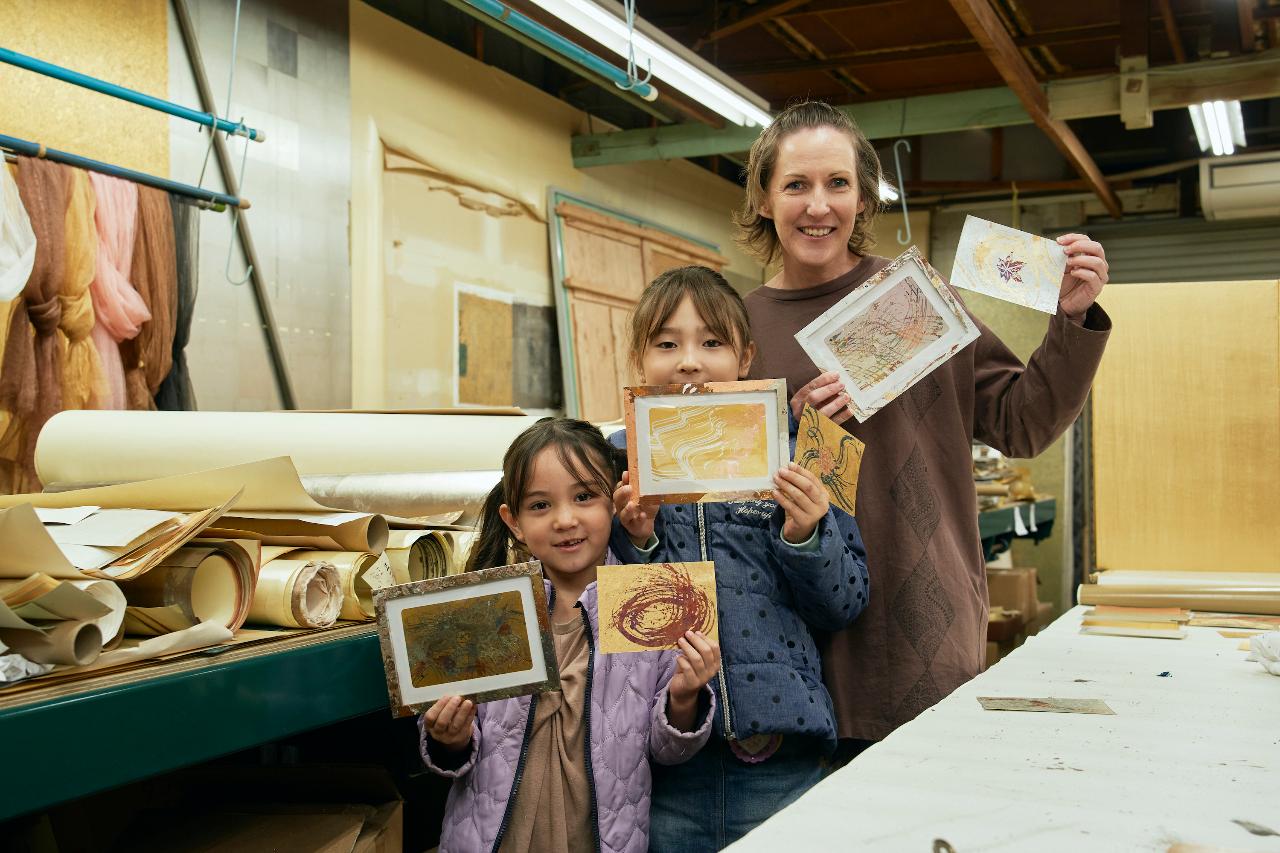

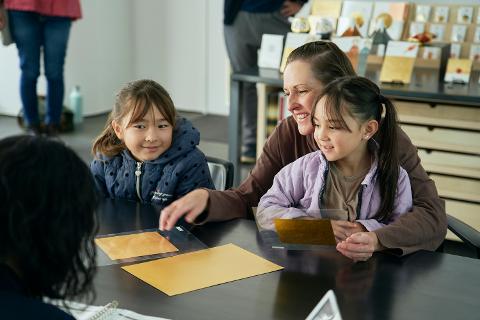

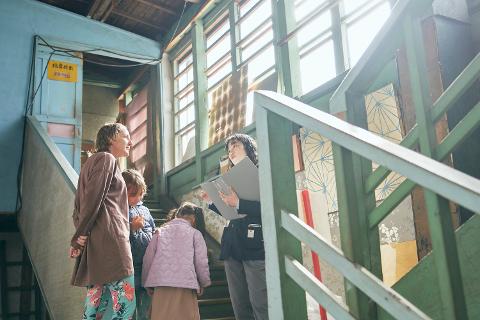
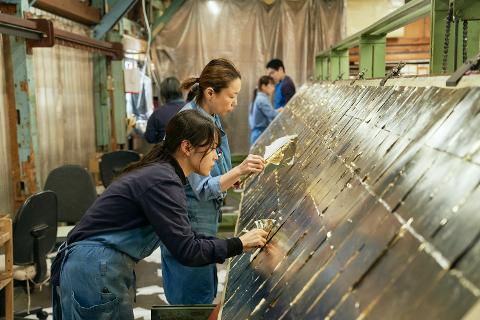
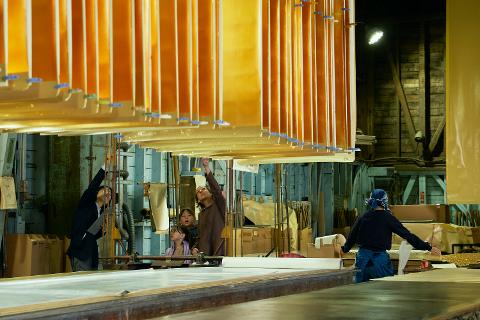
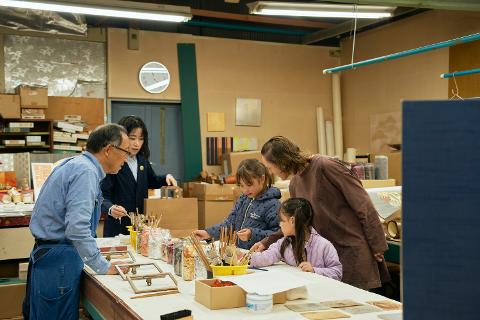
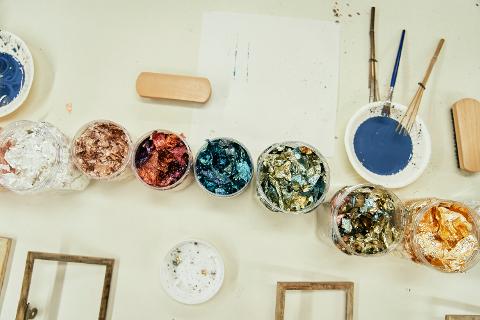
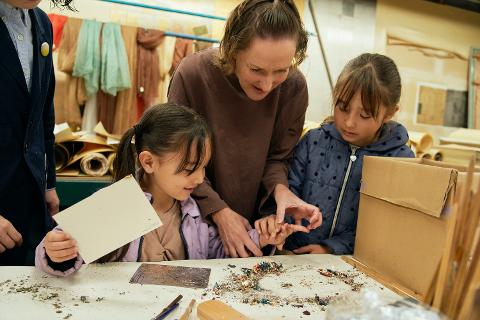
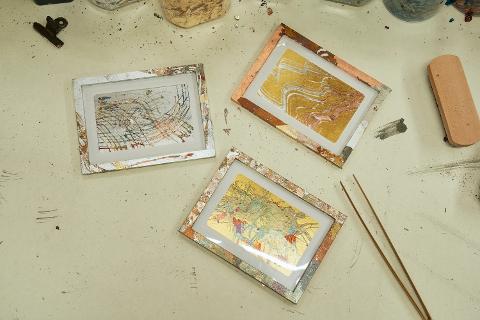
- 期間: 2 時間 (約)
- 所在地: Hiroshima-shi, Nishi-ku, Hiroshima
- 製品コード: EN-HSM-4055-40553
【STORY】
Rekiseisha, which was the first company in Japan to commercialize gold paper that did not tarnish and could withstand practical use, was founded in 1905 as Hisanaga Seijiro Shoten, a gold paper factory in Hiroshima Prefecture, but at first, it was not easy to produce Western gold folding screens.
The color of the Western gold is comparable to that of the main gold, and it is four times as thick as the main gold, 0.4 microns compared to 0.1 microns for the main gold. Moreover, a special adhesive is required to affix it on top of Japanese paper, and on top of that, Western gold tends to discolor easily, and when touched with a finger, the color of the touched area will change. Without preventing this, the product cannot be sold. The founder spent 10 years developing adhesives and topcoats suitable for Western gold. This enabled us to produce good products in a stable manner, and later, as times changed, they took on the challenge of new materials and fields, and have continued to do so to the present day.
The founder was originally a merchant and sword dealer who came to Hiroshima with the Asano clan and took root.
However, the Meiji era (1868-1912) ruling banning the handling of swords made it impossible for the company to deal in swords, so it was forced to buy and sell new products. Therefore, we handled furnishings such as incense burners and hanging scrolls, but the most sought-after items were gold folding screens. In the days when there were no hotels or banquet halls, gold folding screens were a necessity for old families, landowners, and other classes to hold celebrations at home. Then, the founder thought of making his own gold folding screens, but he was faced with the problem that they were inevitably inferior to those made in Kyoto... At that time, a neighbor's Buddhist altar fittings shop in Horikawa-cho, where the Hisanaga family once lived, introduced him to a picture frame shop and gave him a hint on how to meet this challenge. He said that the gold on the frames was not made of real gold, but of Western gold (an alloy of copper and zinc).
Subsequently, we were the first in Japan to commercialize gold paper that, like this gold leaf, does not tarnish and can withstand practical use. Since then, the reputation of the company has grown, and sales channels have expanded not only domestically but also internationally. Metallic leaf is used not only in shrines and temples, but also in luxury hotels, museums, and many other places.
In the past, in the field of wallpaper, it was difficult to deviate from making products desired by wholesalers, but they realized that it is easy to make counter-proposals in different industries, such as apparel, and that they can make free and new proposals. For example, a logo mark was leaf-stamped on a certain famous brand's store tent. Although it must be difficult to stamp leaf on a hydrogen-repellent material such as a tent, the company won the order because of its practicality and beautiful finish that can withstand outdoor use.
Metal leaf has survived the great crises of changing times and war, and continues to be challenged today.
【HIGHLIGHTS】
- Brass leaf instead of gold leaf? What is the history of "leaf" in Hiroshima, not in Kanazawa or Kyoto?
- Visitors can observe the leaf making process that has been a part of Japan's beauty since long ago.
- Prayer for Peace from the History of the Rekiseisha Building, also an A-bombed Heritage Building
- Making postcards using leaf, which you can make while being taught by an actual craftsman
- A frame for displaying postcards designed in leaf is also produced in leaf design! Can be made as a set!
【SCHEDULE】
You can choose the start time for this plan. Please choose your preferred start time when you make your reservation.
[00:00] About Japanese Gold Leaf Culture/About Rekiseisha
[00:20] About the A-bombed heritage buildings that can be linked to the future even after the experience of the atomic bombings
[00:40] Factory Tour
[00:50] Leaf-stamping experience and photo shoot with the artwork
[01:30] You can enjoy shopping, etc.
[02:00] End
【THINGS TO NOTE】
- Duration:2 hours
- Meeting point:Rekiseisha Head Office [MAP]
3-20-4 Misasa-machi, Nishi-ku, Hiroshima City, Hiroshima 733-0003 - Access:About 10-minute walk from JR Yokogawa Station or Hiroshima Electric Railway Yokogawa Station
- Minimum number of participants:2 people
- Language support:Japanese, English
- Included:
・Factory tour
・Leaf stamping experience (postcard x1, picture frame x1)
・Material costs (including packaging) - Participation requirements:Not recommended for travelers with back problems.
- Special support:Luggage storage is available.
- Free WI-FI:Yes
- Toilet:Yes (Western-style)
- Other things to note:Photography is not allowed due to copyright and portrait protection.
【CANCELLATION POLICY】
Until 72 hours before the experience start time: 0%
From 72 hours before the experience start time to start time: 100%
Cancellation after the experience has started or cancellation without contact: 100%
※Right after the online settlement is made, a cancellation fee of 10% will be incurred in case of cancellation.
※The cancellation fee includes handling charges.



